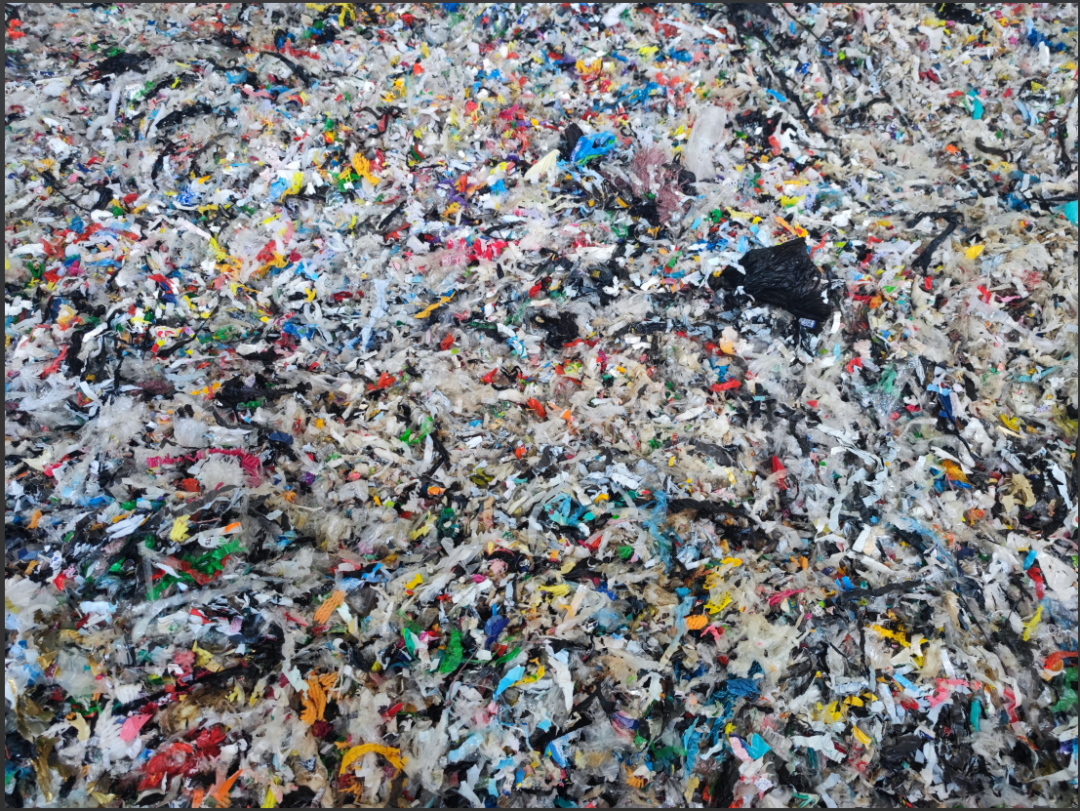Unveiling the Power-Hungry Culprits: Which Washing Machine Consumes More Electricity?
In today's fast-paced world, washing machines have become an indispensable part of our lives. However, with the increasing concern for energy conservation, it is crucial to understand which washing machines consume more electricity. In this blog post, we will delve into the intricacies of different washing machine types, their energy consumption, and provide valuable insights to help you make an informed decision.
- Front-Loading vs. Top-Loading Washing Machines:
Front-loading and top-loading washing machines are the two primary types available in the market. While both serve the same purpose, their energy consumption varies significantly.
a. Front-Loading Washing Machines:
Front-loading machines are known for their superior energy efficiency. They consume less electricity due to their design, which uses gravity to tumble clothes instead of relying on an agitator. This results in reduced water usage and shorter drying times, ultimately leading to lower energy consumption.
b. Top-Loading Washing Machines:
On the other hand, top-loading machines generally consume more electricity compared to their front-loading counterparts. The presence of an agitator, which moves clothes around during the wash cycle, requires more energy. Additionally, these machines tend to use more water, leading to increased energy consumption during the drying process.
- Energy Efficiency Labels:
To make an informed decision while purchasing a washing machine, it is essential to consider the energy efficiency labels provided by manufacturers. These labels provide valuable information regarding the energy consumption of the appliance.
a. Energy Star Certification:
Look for washing machines with the Energy Star certification. This label indicates that the machine meets strict energy efficiency guidelines set by the Environmental Protection Agency (EPA). Energy Star certified washing machines consume significantly less electricity compared to non-certified models.
b. Energy Consumption Ratings:
Pay attention to the energy consumption ratings provided on the labels. These ratings are usually displayed in kilowatt-hours (kWh) and provide an estimate of the annual energy consumption of the washing machine. Opt for models with lower energy consumption ratings to save on electricity costs.
- Additional Factors Affecting Energy Consumption:
Apart from the type of washing machine and energy efficiency labels, several other factors can influence electricity consumption.
a. Load Capacity:
Overloading the washing machine can lead to increased energy consumption. It is advisable to follow the manufacturer's recommendations regarding load capacity to ensure optimal energy efficiency.
b. Temperature Settings:
Washing clothes at higher temperatures requires more energy. Consider using lower temperature settings whenever possible, as modern detergents are designed to be effective even at lower temperatures.
c. Maintenance and Cleaning:
Regular maintenance and cleaning of the washing machine can improve its efficiency. Clogged filters and dirty drum surfaces can hinder the machine's performance, leading to higher energy consumption.
Conclusion:
When it comes to choosing a washing machine that consumes less electricity, front-loading machines are the clear winners. Their energy-efficient design and gravity-based washing process make them the ideal choice for environmentally conscious consumers. However, it is crucial to consider other factors such as energy efficiency labels, load capacity, temperature settings, and maintenance to further optimize energy consumption. By making informed decisions, you can not only save on electricity costs but also contribute to a greener future.



